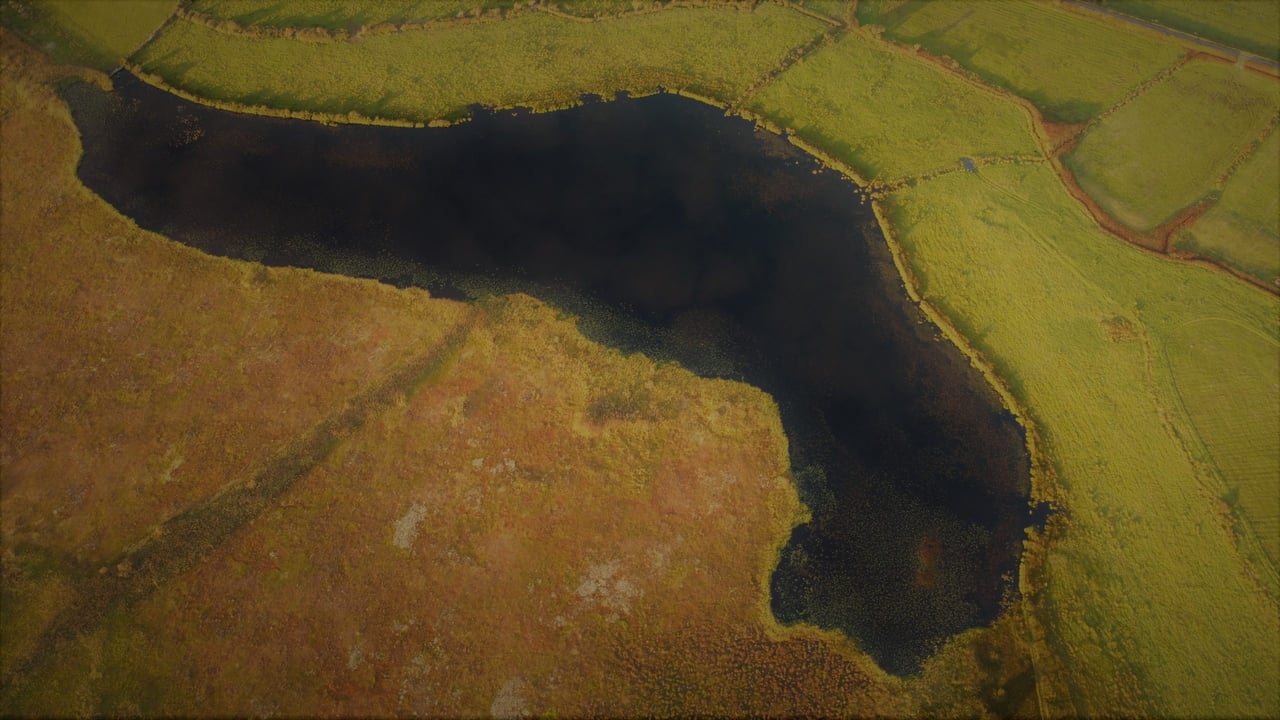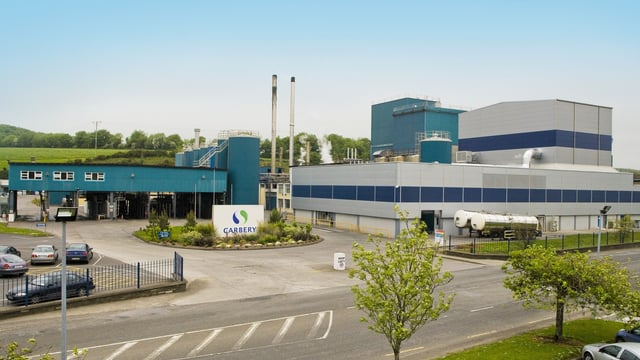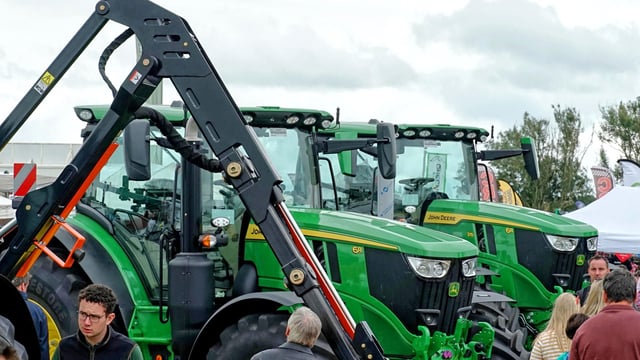NPWS commissions survey to confirm number of turloughs
The National Parks and Wildlife Service (NPWS) is commissioning a survey to verify the number of turloughs in Ireland.
Turloughs are found in areas of the country with karst landscapes, characterised by soluble rocks like limestone.
They fill with water during periods of high groundwater levels, typically in winter, and then drain away underground, becoming low or empty during summer and autumn.
Turloughs
Turloughs are listed as a priority habitat on Annex I of the EU Habitats Directive.
As a result, Ireland is required to undertake surveillance of the habitats and to report regularly on their conservation status.
As part of the preparation for this year's report, the list of known turloughs in Ireland was updated, which included a large dataset received from Geological Survey Ireland (GSI).
However, the GSI data revealed some 383 turloughs which were previously not known in NPWS records.
Therefore, the NPWS said that considerable work is needed to understand the extent of turloughs in Ireland, particularly on new sites from the GSI dataset.
NPWS
The NPWS recently published an invitation to suppliers/service providers to submit a quotation for a survey for the verification of potential turloughs.
188 turloughs have been selected for this project from a larger database of turloughs held by GSI, of which 32 have been prioritised.
This project will require the successful applicant to carry out a field survey of 20-30 turloughs.
This will determine whether each site has wetland vegetation and is, ecologically, a turlough and if so, record key ecological characteristics.
Survey
The NPWS said the project could require up to 50 days including field days, project management, analysis of existing data and reporting.
It is understood that a draft report will be submitted from the survey in October.
During a previous survey carried out in 2015, a total of 180 sites of unknown turloughs were visited over a six-month period.
86 of the sites were confirmed as turloughs, 82 were discounted as turloughs, and a further 12 could not be determined with certainty.





